Baegyangsa Temple (백양사)
16.8Km 2025-03-15
1239 Baegyang-ro, Bukha-myeon, Jangseong-gun, Jeollanam-do
+82-61-392-7502
Baegyangsa Temple is a historic temple built in the 6th century located on Baegamsan Mountain. Walking through the forest path, visitors are greeted by a serene lake overlooked by Ssanggyeru Pavilion at the entrance of Baegyangsa Temple, creating a picturesque scene especially during autumn with its vibrant foliage. Surrounding the temple are over 5,000 torreyas, some over 500 years old, lending a lush ambiance to the area. Baegyangsa Temple is picturesque in every season and offers temple stay programs for visitors seeking a serene retreat.
Naejangsa Temple (내장사)
17.2Km 2024-04-07
1253 Naejangsan-ro, Jeongeup-si, Jeonbuk-do
+82-63-538-8741
Naejangsa Temple, cradled within the stunning Naejangsan National Park, is believed to have been established in the year 636, within the Baekje Kingdom. Historically, the site once hosted about 50 large temple buildings. However, they were destroyed during foreign invasions of Korea and the Korean War. Most of the structures standing today were reconstructed later. The temple, along with Geumsansa Temple, stands as one of the emblematic temples of Jeonbuk State. Enveloped by the mountain peaks of Naejangsan, which encircle it like a screen, the temple offers breathtakingly beautiful scenery. This beauty is particularly outstanding during fall when the leaves put on a vivid display of autumn colors. Notable nearby attractions include Baegyangsa Temple, Bangjangsan Mountain, Jangseongho Lake, and Damyangho Lake. Among its significant cultural assets are the Naejangsa Joseon-dongjong bell, among others.
Sangnoksu Sanjang (상록수산장)
17.2Km 2024-02-19
378 Yongheungsa-gil, Wolsan-myeon, Damyang-gun, Jeollanam-do
Sangnoksu Sanjang is a restaurant located in the Yongheungsa Valley of Yonggusan Mountain in Damyang. Its signature menu is baeksuk (whole chicken soup). Visitors can enjoy this dish while dipping their feet in the cool waters of the valley during the summer, experiencing the unique Korean tradition of enjoying a healthy meal while refreshing oneself in the clear stream water and lush greenery of the forest.
Naejangsan National Park (내장산국립공원)
17.3Km 2025-01-17
328 Naejanghoban-ro, Jeongeup-si, Jeonbuk-do
Naejangsan Mountain is a famous mountain in Jeonbuk-do, and the best mountain in Korea to view the fall foliage. Because of the bright autumn leaves that blanket Naejangsan Mountain in fall, the mountain is also referred to as Geumgang of Honam, referencing the beautiful Geumgangsan Mountain.
Inside the park, there are famous waterfalls, such as Dodeokpokpo Falls and Geumseonpokpo Falls, and temples such as Baegyangsa Temple and Naejangsa Temple. In addition, there are about 760 kinds of local plants, including those designated as Natural Monuments, and various wild animals living inside the park.
Naejangsan National Park is beautiful not only in fall, but also in spring when the azaleas and cherry blossoms bloom, in summer when the mountain turns green, and winter when the rock cliffs are covered with snow.
Naejangsan Maple Ecology Park (내장산 단풍생태공원)
18.1Km 2025-08-18
273-17 Naejanghoban-ro, Jeongeup-si, Jeonbuk-do
Naejangsan Maple Ecology Park is created near Jaejangho Lake in Jeongeup and has diverse kinds of trees, included 11 types of indigenous maple trees. The park comprises diverse maple-themed recreational amenities such as Maple Experience Exhibition Center, various gardens, maple tunnel trails, and more. The best time to enjoy the park is in Novemeber when the fall foliage is at its peak and the park hosts a variety of events and exhibitions.
Naejangsan Sculpture Park (내장산조각공원)
18.6Km 2025-01-17
214 Naejanghoban-ro, Jeongeup-si, Jeonbuk-do
Naejangsan Sculpture Park is located at the foothills of Naejangsan Mountain below Seorabong peak. The park exhibits a sculpture from 16 recognized artists who were awarded from Korea's four major art exhibitions. The park is also home to endangered and rare plants, allowing visitors to enjoy art in a nature-friendly atmosphere. The Naejangsan Chrysanthemum Festival is held at this park every fall.
Jangseongho Tourist Area (장성호관광지)
19.3Km 2025-01-08
591-8, Baegyang-ro, Jangseong-gun, Jeollanam-do
+82-61-392-7248
Jangseongho Tourist Area is located south of Naejangsan National Park, in Jangseong, known as the hometown of Hong Gil-dong, a Korean Robin Hood. The lake was made by the damming of Hwangnyonggang River, and holds up to 89.7 million tons of water, filled with many freshwater fish species. In addition, the walking path along the 603-meter-long embankment attracts many tourists with beautiful views of the mountains and lake. Cruise ferries and motorboats also cross the lake. Nearby attractions include Ibamsan and Baegamsan Mountains, Namchanggyegok Valley, Baegyangsa and Naejangsa Temples, Gosanseowon Confucian Academy, Bangjangsan Recreational Forest, and more.
Café Hanok (카페하녹)
19.4Km 2024-02-19
714-40 Changpyeonghyeon-ro, Changpyeong-myeon, Damyang-gun, Jeollanam-do
Café Hanok is a café renovated from an old traditional hanok, offering a serene ambiance where visitors can experience the beauty of Korean tradition. One of its signature dishes is the homemade injeolmi waffle (bean-powder-coated rice cake waffle), a sweet and nutty treat that perfectly combines injeolmi (bean-powder-coated rice cake) with waffles. It pairs well with the shakerato (espresso shake), a beverage that blends the qualities of a shake and a latte. Exploring the café's various corners decorated with traditional items adds to the charm of the visit.
Maewoldang (매월당)
19.4Km 2024-04-07
47-34 Maechon-gil, Geumji-myeon, Namwon-si, Jeonbuk-do
+82-63-636-1278
Maewoldang is a café that sells traditional Korean tea made from hand-picked tea leaves harvested in the wild. Their signature drink is Goryeo dancha (fermented wild tea), made by roasting leaves in an cast-iron pot using traditional methods, sourced from a large wild tea plantation discovered in Namwon's Maechon Village. Visitors can enjoy tea in a traditional thatched-roof house, and reservations are required in advance.
Gotaekhanok (고택 한옥에서)
19.5Km 2024-12-23
88-9 , Doldam-gil, Damyang-gun, Jeollanam-do
+82-10-3606-1283
In A Hanok is a grand old house in Samjinae Village, Changpyeong, Jeollanam-do - a member of the international Slow City movement. The house comprises a sarangchae (men’s house), an anchae (women’s house), outbuildings and a spacious yard and garden. Local tourist destinations such as Soswaewon Garden, Songgangjeong Pavilion, and Damyang’s bamboo forest and redwood road are all within 30 minutes, of the house. Visitors can rest here while drinking in the atmosphere of the old Korean countryside.

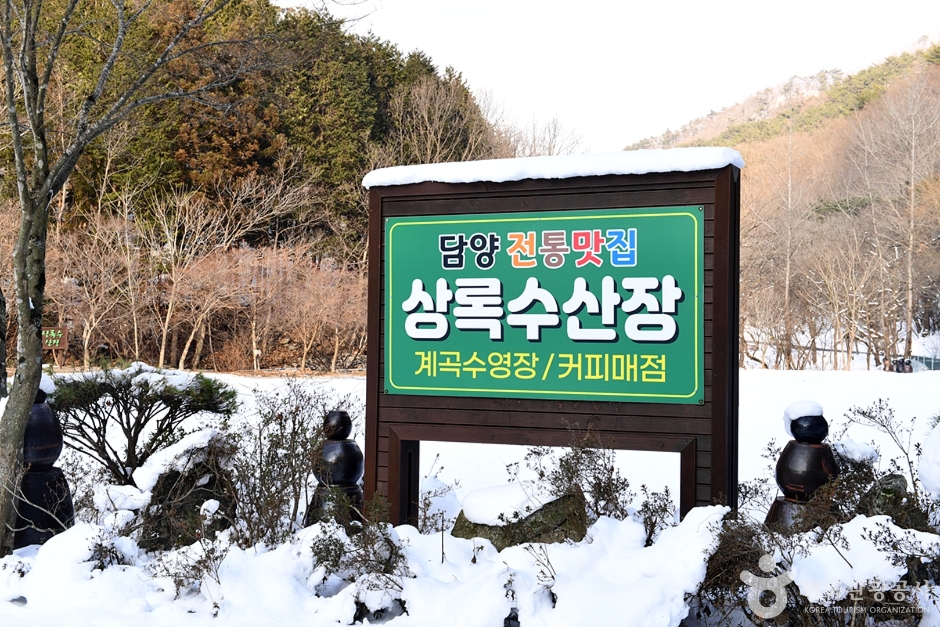
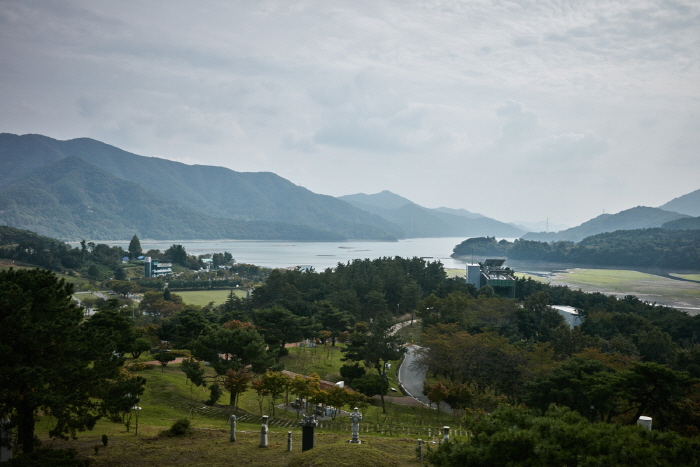
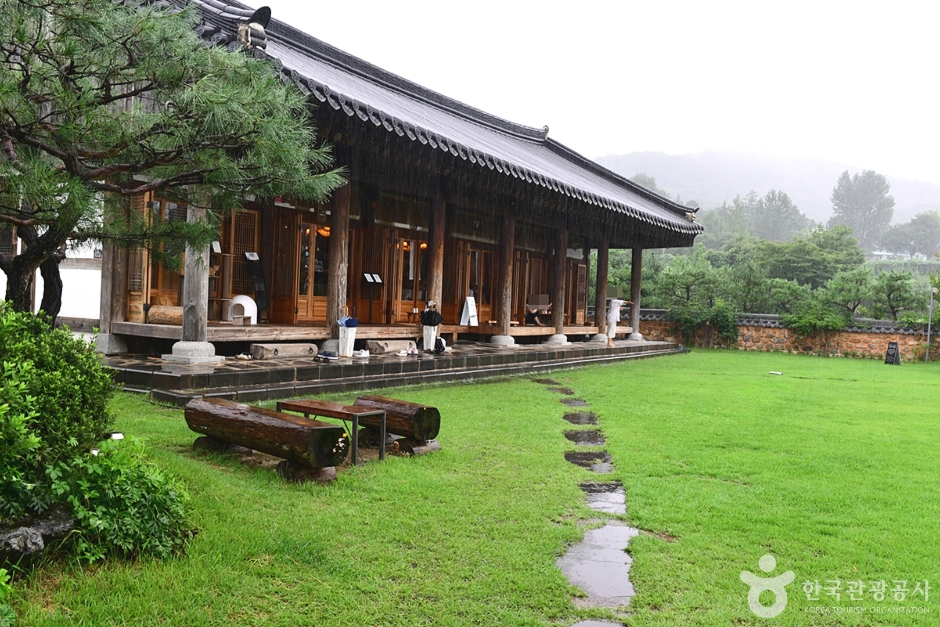
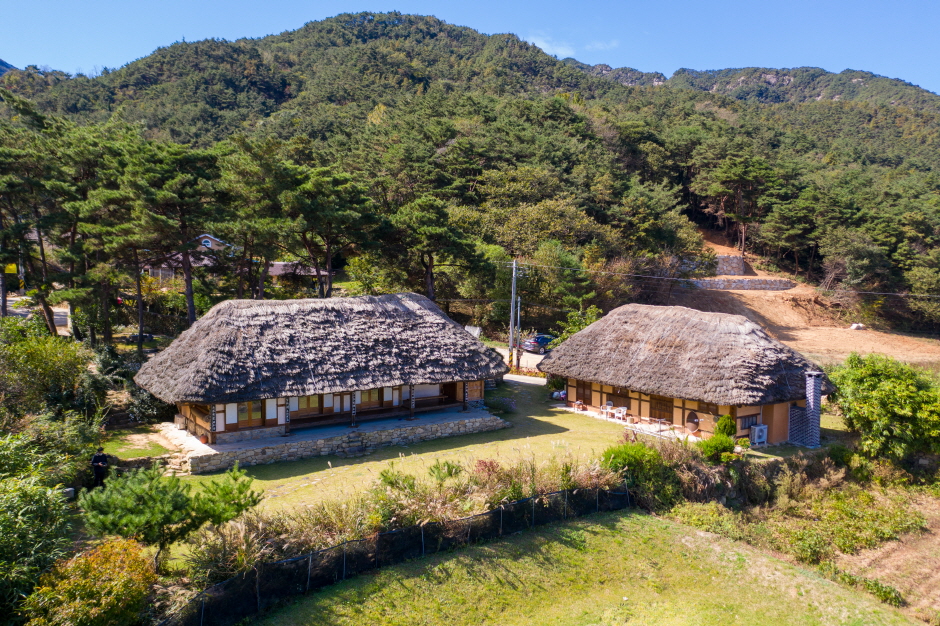
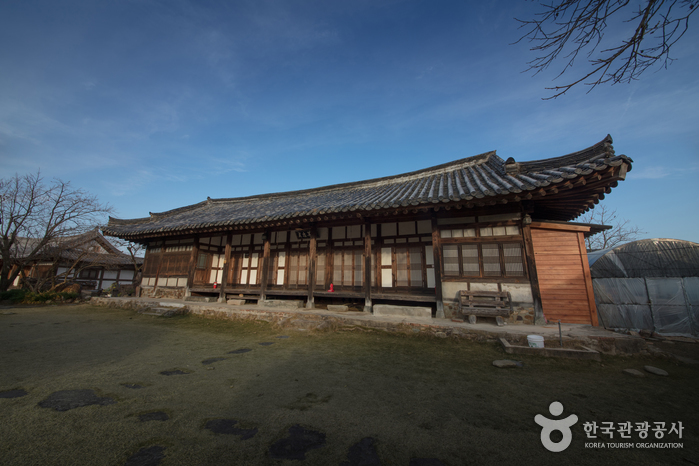
 English
English
 한국어
한국어 日本語
日本語 中文(简体)
中文(简体) Deutsch
Deutsch Français
Français Español
Español Русский
Русский